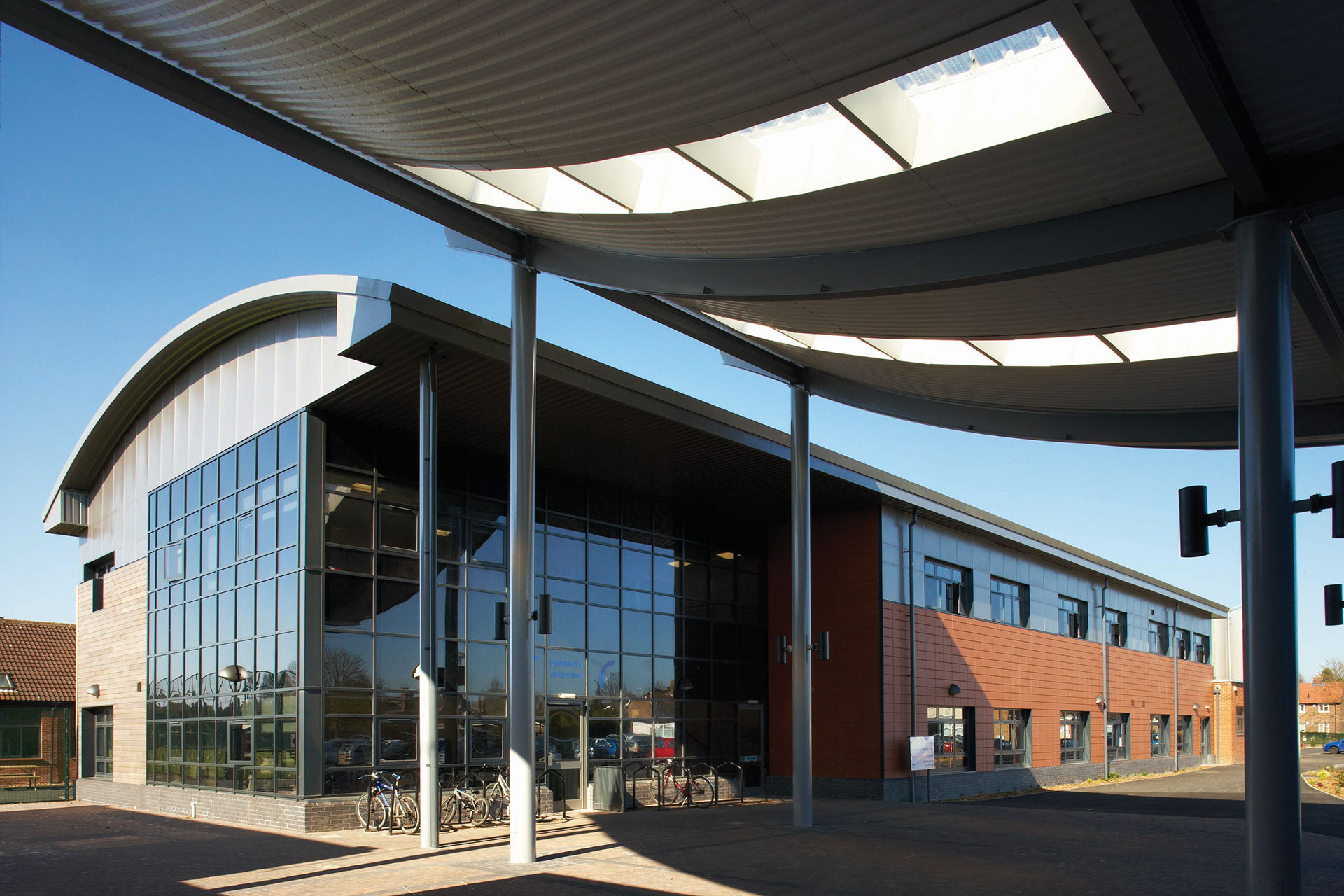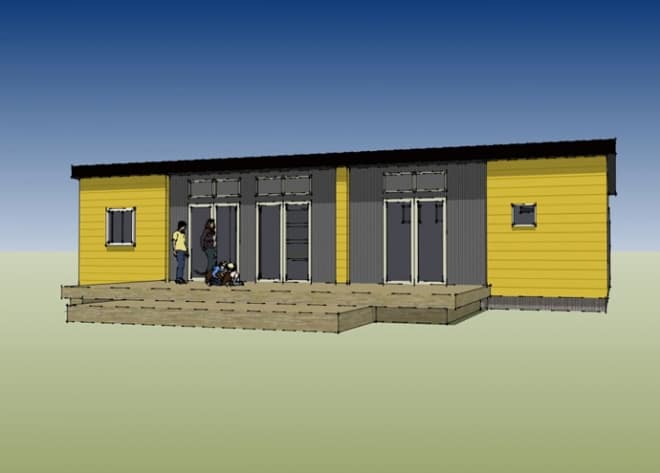Table of Content
- Why More Canadians Choose Modular Prefab Homes
- What Is the Average Price of a Prefab Home?
- Since your homes are so energy efficient and air tight, how do you get fresh air?
- Introduction to Prefab housing: Modular vs. Manufactured homes
- Should You Buy a Modular Home? The Pros and Cons
- The Mountaineer Deluxe Log Cabin
- The Cost of Modular Homes: A Look at Actual Building Costs
While the push to modernity has forced the industry to adopt steel-frame construction, traditionally, prefab homes are wood-framed. Inspections are meant to ensure prefab homes are as safe as their counterparts, site-built homes. Interestingly, there’s evidence that a well-built modular home is even more sturdy than a similar site-built home. Once the pieces are transported and joined together, these homes look similar to site-built homes. More importantly, these homes must adhere to local and state codes, depending on where the building is located. Modular homes are usually more affordable than traditional homes due to more efficient construction methods.
As such, modular homes tend to be more expensive than manufactured homes. Both modular homes and manufactured homes are home styles that are manufactured either partially or entirely offsite and then delivered to the homeowner’s lot. This method of construction allows the builder to be more efficient in their building process and allows the homes to be more affordable. If you had your heart set on a site-built home but want to take a more cost-conscious and efficient approach, a modular home build might be the way to go. Once they’re assembled, modular homes are essentially the same as site-built homes, sitting on a permanent foundation.
Why More Canadians Choose Modular Prefab Homes
The bottom line of the manufactured homes vs. modular homes contest is the question of which is better. The easiest way to picture it is if you imagine a life-sized set of Lego blocks! The blocks can be arranged in various combinations to produce an infinite set of outcomes, while still using the same blocks. Standards for manufactured homes are set by the federal government, not by state or local jurisdictions. Companies that make them submit to quality control protocols, but there are no in-person inspections – and no way to catch manufacturing defects before they cause problems. Prefab today utilizes the same fundamental methodologies as those early homes described above.

On the flip side, older homes may not hold their value as well as newer homes and may not meet modern energy-efficiency or safety standards. If you own a manufactured home but rent the surrounding land, your monthly rental payments are subject to the whims of your landlord. Manufactured home loan rates are also typically higher than rates for comparable stick-built or traditional homes, which can impact their affordability. Despite these drawbacks, purchasing a manufactured home provides most people with an opportunity to build equity, generate wealth, and pass on property or assets to loved ones. You’ll also find a difference between the two types of home in terms of financing your purchase.
What Is the Average Price of a Prefab Home?
The size of a manufactured home is limited to the size of the trucks used or the size of the load that highways between the factory and final site can bear. There are no wide or tall spaces within the home, and the final product can look quite a bit like a shipping container. You may be wondering what this means, and how it relates to prefabricated homes. Prefab homes are more accessible to build than traditional construction so you can reduce the need for interim financing. There may also be fewer delays due to the shipment of supplies and on-site inspectors to speed the building process along. Prefab homes are similar to site-built homes, only that their construction began in a factory.

As the name suggests, modular homes are made up of pre-assembled pieces or ‘modules’ that go together like building blocks. A house is defined as prefabricated if any part of it has been manufactured in advance at a factory before it is shipped to the site. Any home that is primarily constructed in a factory and then assembled on site is considered prefab. The word prefab refers to prefabrication, which means building a house in a factory before it’s assembled at a construction site. If you’ve ever seen an office building go up, you may have marveled at how quickly one floor goes up, and then a second floor seems to grow out of nowhere, and then a third.
Since your homes are so energy efficient and air tight, how do you get fresh air?
Curiously enough, manufactured homes are not classified as real estate. Instead, they fall into the same personal property category as vehicles. The cost of a manufactured home is determined by several factors, including its size, location, and age. Double-wide manufactured homes cost around twice as much as single-wide homes, homes in urban and suburban areas cost more than rural homes, and newer homes cost more than older homes.
There are many options when considering a purchase of a home, and it can be overwhelming. We think that understanding modular homes vs manufactured homes can help bring clarity to your decision. Both modular and manufactured homes are great options that can provide you with high quality and great value for years to come. A modular home is similar to a traditional home, and it can be difficult to distinguish between one and a typical house built entirely onsite.
The History of Manufactured Homes
Historically speaking, manufactured homes have provided buyers with an affordable alternative to traditional and stick-built homes. If the competition is manufactured homes vs. modular homes, do you know which is better? There are important differences between the two types of home that it pays to be aware of. While regulations pertaining to manufactured homes are crafted at the federal level, each state has its own standards for modular homes. Standards may be lax in some states, so it’s even more vital to select a vendor with a reputation for excellence.

On the other hand, manufactured homes are considered personal property and lose value as soon as it’s driven off the lot, similar to a car. In a nutshell, trailer homes refer to homes built before 1976, while manufactured homes are built after 1976, under strict regulation administered by the U.S. A traditional house usually takes several months to years for completion. Buying materials of exact measurement of a building and further transporting them to the site increases the final construction cost of the house. Understanding the difference, and opting for the more suitable option can help you limit your construction cost, and increase its price and resale value.
On the other hand, if you need an off-the-shelf solution, then manufactured homes would likely work better for you. Once everything is assembled, the structure is ready to move onto its permanent location. Manufacturers usually offer financing options through banks and credit unions. A modular home comprises pre-manufactured components that have been trucked or flown from a manufacturing facility to the building site. These modules include walls, roofs, floors, doors, windows, cabinets, prefab countertops, appliances, etc.

That is why, when you are told a home was a prefab home, you will need to look further into the exact kind of prefab it was. Mobile homes are different than modular homes because they’re designed to move around. Modular homes are usually constructed of concrete blocks and steel frames. Search and find the most sought after Gunzenhausen luxury homes with LuxuryAbode.com - Gunzenhausen.
Our styles range from a rustic, traditional log cabin look to more modern styles. Manufactured homes can appreciate, but it depends on the location. If you live in an area where manufactured homes are popular, your home is more likely to enjoy a better resale value.
There are different construction methods and standards when it comes to mobile, modular, and manufactured homes. Manufactured homes have also come a long way from the basic single and double-wide days. While newer manufactured homes may not be as customizable as modular homes, they still come in a variety of architectural styles, floor plans, and add-ons that can meet your needs.
The only real differences between them are how they were built and what materials they use. The deciding factor that ultimately determines whether purchasing a manufactured home was a good investment is value. Manufactured homes often cost 50% less per square foot than traditional or stick-built homes. Additionally, newer manufactured homes meet the same energy-efficiency and safety standards as traditional homes while also offering a wide range of amenities and upgrades. Even though prefab homes are a cheaper option themselves, the type of home you want can affect the cost of building.

No comments:
Post a Comment